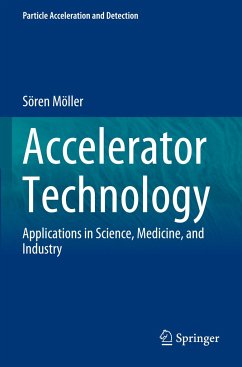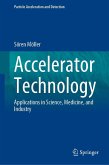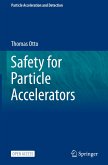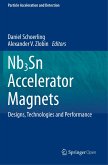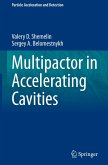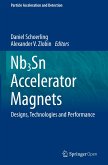This book explores the physics, technology and applications of particle accelerators. It illustrates the interconnections between applications and basic physical principles, enabling readers to better understand current and upcoming technologies and see beyond the paradigmatic borders of the individual fields. The reader will discover why accelerators are no longer just toys for scientists, but have also become modern and efficient nuclear workhorses. The book starts with an introduction to the relevant technologies and radiation safety aspects of accelerating electrons and ions from several keV to roughly 250 MeV. It subsequently describes the physics behind the interactions of these particle beams with matter. Mathematical descriptions and state-of-the-art computer models of energy-loss and nuclear interactions between the particle beams and targets round out the physics coverage. On this basis, the book then presents the most important accelerator applications in science, medicine,and industry, explaining and comparing more than 20 major application fields, encompassing semiconductors, cancer treatment, and space exploration. Despite the disparate fields involved, this book demonstrates how the same essential technology and physics connects all of these applications.
Bitte wählen Sie Ihr Anliegen aus.
Rechnungen
Retourenschein anfordern
Bestellstatus
Storno

